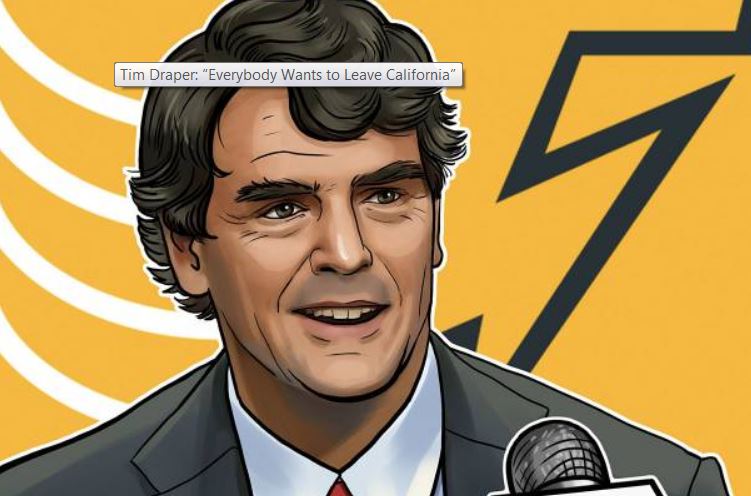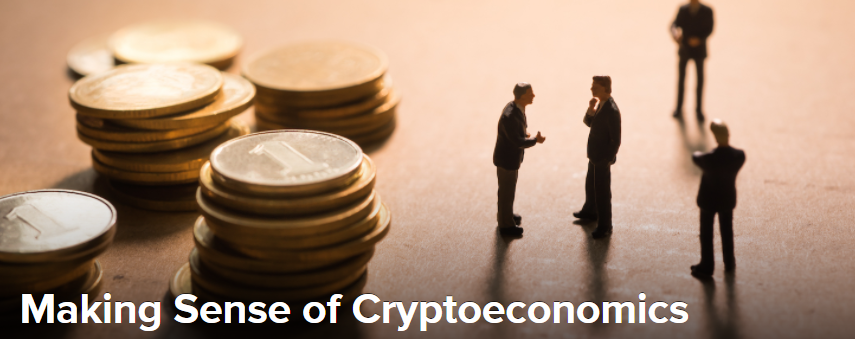Vivid History: ‘How Money Got Free’ Is the Untold Story of Bitcoin

I have long suspected, owing to its sheer brilliance and idiosyncratic beauty, that bitcoin was in fact brought here by aliens from another planet.
Brian Patrick Eha’s vivid history of bitcoin, “How Money Got Free: Bitcoin and the Fight for the Future of Finance,” which captures in thrilling journalistic fashion what I experienced in my years working on this remarkable technology, only confirms my suspicions.
I regret not recording what I saw and felt while working on bitcoin — the fleeting moments of intense joy and dismay that once seemed too meaningful ever to forget. But at the time, it was all I could do to keep up with the pace, and my life became a blur of 80-hour working weeks devoted to the engineering project of a lifetime.
As the years passed, and the blockchain industry exploded, it seemed that these beautiful moments of intellectual adventure would remain only as fading memories, slowly dimming as I aged.
The idea that an author could capture the essence of that stirring time seemed impossible even in my most optimistic moments. Yet, just as I had initially done with bitcoin, I came to find in reading Eha’s book that I had underestimated once again.
From the top
Eha starts at the beginning, sparing no detail.
The era he eloquently describes was an alternate reality which brought together the brightest, hardest-working and most ideologically extreme individuals I have ever known. We shared common goals and an outsider camaraderie that only grew stronger as we made progress in the early years of bitcoin’s ascendance. Looking back, it’s sobering to realize that some of us were imprisoned or otherwise suffered as a result of the desire to improve and promote this new kind of money.
For some of my fellow pioneers, the intensity of their ideological commitments became a prison in itself.
Early bitcoiners collectively witnessed the radical dismantling of tribal and national affiliations, and the formation, in their place, of a new global citizenry. The birth of bitcoin and its blockchain was an important moment in human history – one whose legacy deserves to be documented.
“How Money Got Free” is precisely what I was yearning to read.
The fascinating detail and precise vocabulary of Eha’s writing provide a sense of closure for me personally. It feels cathartic to now possess a tome which records the visceral thrill of bitcoin’s rise, the earthshaking import of its innovations. As I read, I felt as though I were in the room witnessing the breakthroughs made by the first bitcoin pioneers.
The truth is, I have crossed paths with many of the characters depicted in the book.
Some of them were in close proximity to me for nearly a decade. Until now, I didn’t know why these people had joined the bitcoin community or how fate had guided us to share in this wonderful experiment. While I was busy working on cash remittance at BitInstant, I had very little insight into what others were working on in parallel. The challenges faced by Coinbase, Blockchain, BitPay, SecondMarket and others were just brief news headlines to me at the time, like billboards flashing past on the highway.
I had little appreciation for the depth of their intensity or the richness of the stories behind those headlines – all of which is conveyed in full through Eha’s narrative.
Consequently, “How Money Got Free” has changed my perspective on many of those people, some of whom I once thought of as competitors. What I’ve since learned is that we were all in the same boat, whatever our individual aims. Bitcoin itself is, in some sense, our parent organization, and its furtherance benefits us all.
Eha interviewed me for his book, as he did many of my former colleagues and acquaintances. When I asked what had motivated him to write it, he said that he wanted to shine a light on the pioneers and preserve the history of bitcoin’s formative years. (His book, which is both a work of investigative journalism and a tremendous feat of storytelling, focuses mainly on the period from 2009–2015, though Eha also examines bitcoin’s precursors, and an epilogue brings his narrative almost to the present day.)
The martyrs, explorers, creators, and pariahs who champion new technologies and advance society, Eha told me, are often overlooked or soon fall into obscurity. While every frontier has to be settled eventually, the lessons learned during the rough-and-tumble days are important – so that future projects are inoculated against failure by the hardships of the past.
Untold stories
“How Money Got Free” transports readers to the meeting rooms, startup couches, conference halls, online discussion boards and proverbial watercoolers where the cryptocurrency and blockchain industry took shape. It guides readers through the history of bitcoin’s implementation and explains its potential for the future.
Whether you are a bitcoin believer or a skeptic, Eha’s work will arm you with a deeper knowledge not only of the technology but of the human motives behind it. It is inspiring, evocative, and imbued with empathy for the dreamers – the “crazy ones,” as Eha puts it in the book’s dedication, echoing Steve Jobs – who move society forward.
As the book makes clear, bitcoin would not be where is it today had it not been for all of the people who clicked on a link, who read an article, who discussed, built, argued and invested. Small in themselves, each of these actions shaped our future; they contributed to the momentum of where we are going.
Naturally, our past informs our choice of what to write, what to click, with whom to argue and what to say.
Just so, early bitcoiners tended to have philosophical or political reasons for being drawn to cryptocurrency, and Eha is splendid at delving into primary sources and tracing the wellsprings of these convictions.
As we express ourselves through the use of these new technologies – the Internet, email, text messaging, social networks, blockchains – we stand to benefit from weighing the long-term implications of even our smallest interactions.
It is crucial for us to recognize and reflect on the journeys made and efforts undertaken to bring us our current way of life. But while some figures loom larger than others, every person who participates in bitcoin, even conceptually, is taking an implied risk. It carries social, legal, and financial consequences regardless of success. That risk and the willingness to take it, in the interest of furthering humanity, is what binds us together.
Eha’s book reminds me of something Faulkner once wrote: “The past is never dead. It’s not even past.”
Even now, it informs our actions, and we need to understand it if we want to understand where we are going. “How Money Got Free” conveys the essence of bitcoin’s past – not preserved in amber but alive with color and controversy.
For non-geeks, reading this book may be the first step toward acceptance of our inevitable future. It can serve as a permanent record for those who weren’t around to witness the events first-hand, and as an inspiration for all the dreamers still captivated by a transcendence which rivals the internet itself.
Disclosure: CoinDesk is a subsidiary of Digital Currency Group, which has ownership stake in BitPay, Blockchain and Coinbase.
Old books image via Shutterstock
An early bitcoin developer and entrepreneur, Alex Waters served as COO and CIO for bitcoin exchange startup BitInstant. Later going on to start several bitcoin ventures, he was also at the forefront of efforts to boost its regulatory compliance.
In this opinion piece, Waters reviews “How Money Got Free: Bitcoin and the Fight for the Future of Finance” (Oneworld Publications), arguing it captures the zeitgeist of the original cryptocurrency and the sprawling – all too human – movement that helped it reach the masses.











Responses